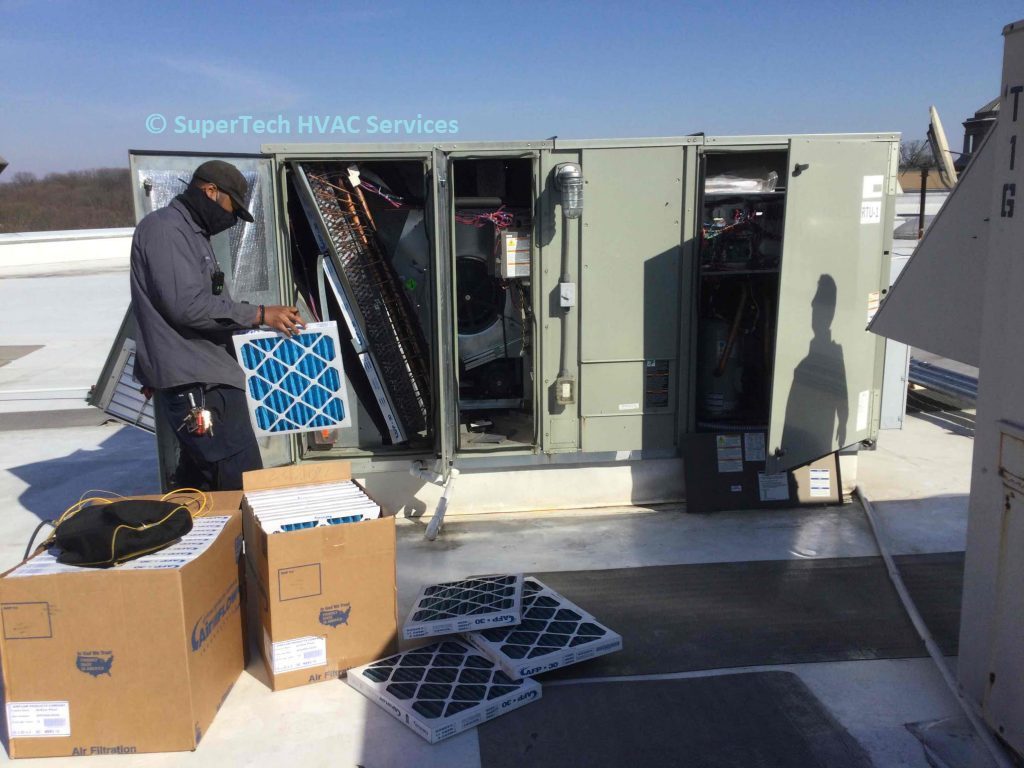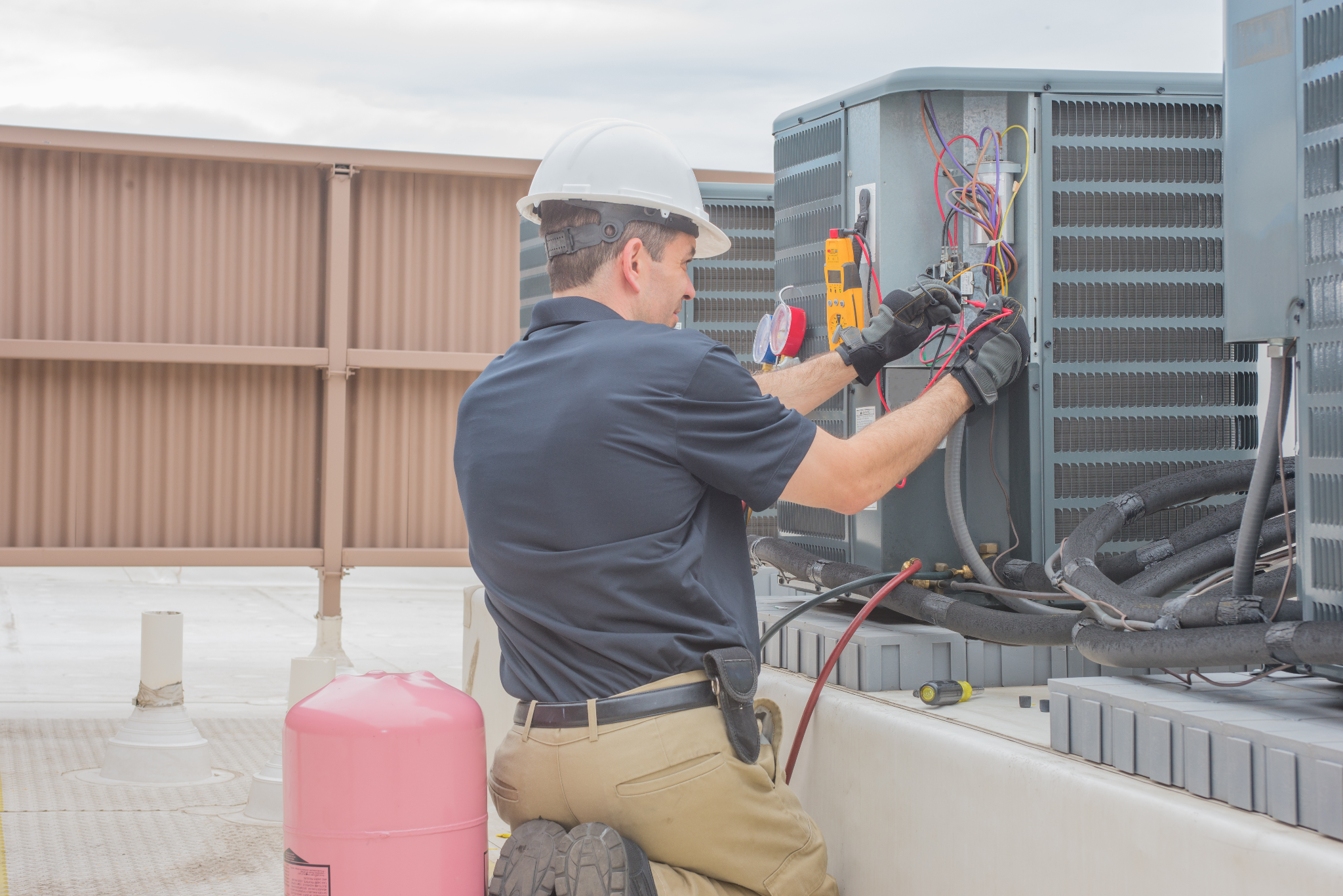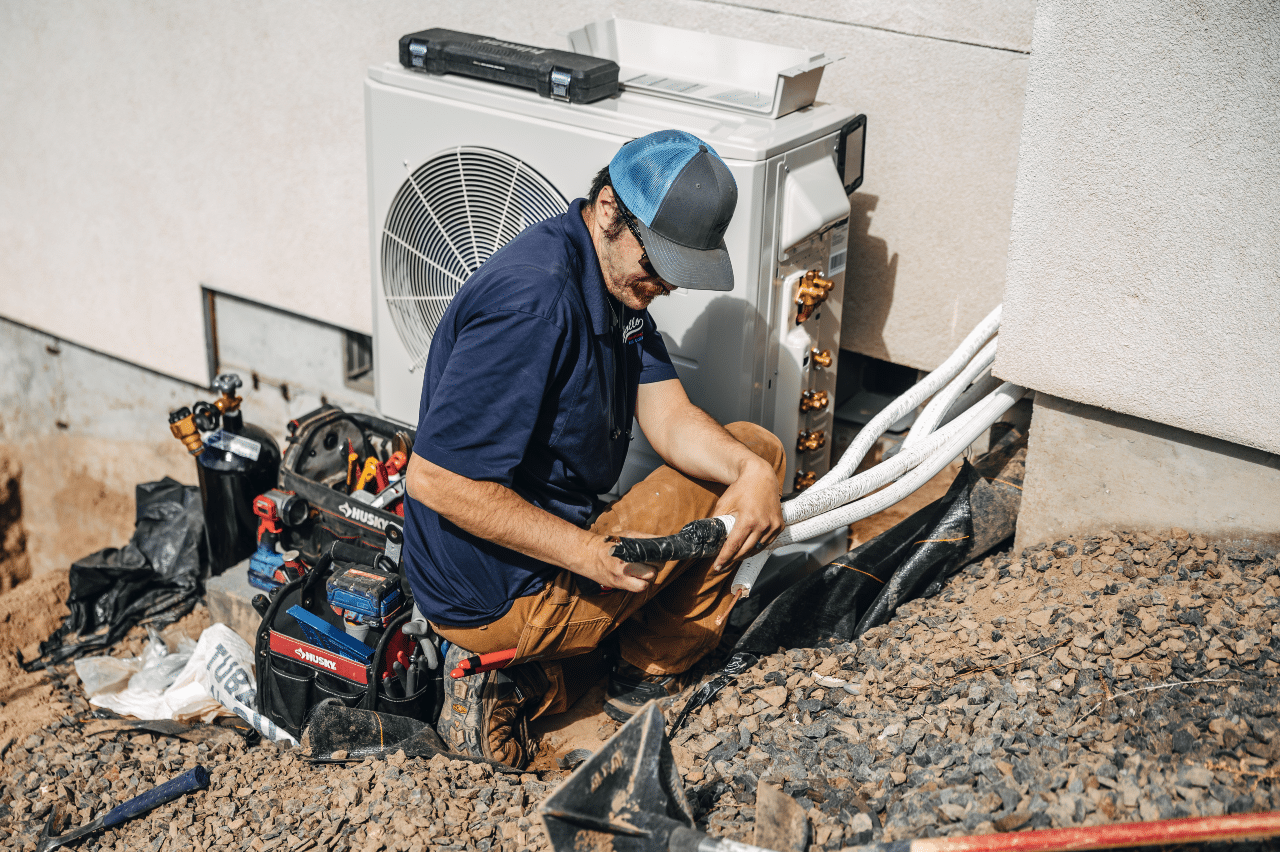Top Tips for Maximizing Comfort with ductless mini splits
Wiki Article
Just How a Heatpump and Furnace Job With Each Other to Maximize Your Home's Heating Performance
Recognizing just how a warm pump and heater job with each other is important for property owners looking for effective home heating options. Each system has its toughness, providing a well balanced strategy to home convenience. The heatpump masters moderate temperatures, while the furnace provides quick heat during extreme cold. This synergy not only reduces power expenses but likewise improves the life expectancy of both home appliances. What aspects affect this cooperation, and exactly how can house owners maximize their benefits?Recognizing Warmth Pumps: Just How They Function
Although several people may be unknown with their inner workings, heatpump play an essential function in modern-day furnace. These devices operate by moving warmth from one place to another, making use of the principles of thermodynamics. In colder months, a heatpump removes heat from the outdoors air, ground, or water, and transfers it indoors to warm up the space. Conversely, during warmer months, it can turn around the procedure, working as an a/c by expelling warmth from inside to the outside.Heat pumps include an evaporator, compressor, growth, and condenser shutoff. The refrigerant within the system takes in warmth as it evaporates at reduced temperature levels and pressures. The compressor after that increases the pressure and temperature level of the refrigerant, allowing it to release warm as it condenses. This efficient process can significantly minimize power consumption compared to standard heating approaches, making heatpump a sustainable choice for climate control in homes.The Function of Heaters in Home Home Heating
Heating systems play a crucial role in home heating by giving a trustworthy resource of heat throughout the cooler months. They run by creating warmth with burning or electrical resistance, distributing it throughout the home using ducts or radiant systems. The efficiency of a furnace is often gauged by its Yearly Fuel Utilization Performance (AFUE) score, which suggests just how efficiently the unit converts gas into heat.Furnaces can use different energy resources, consisting of all-natural gas, power, oil, or lp, allowing property owners to select the most ideal choice for their requirements. Unlike warm pumps, which may battle in severe chilly, furnaces keep regular performance, guaranteeing that interior temperature levels stay comfortable despite outdoor problems. In addition, contemporary heaters usually come geared up with innovative modern technology, such as smart thermostats and variable-speed blowers, enhancing their performance and responsiveness. This flexibility makes heaters an essential component in all-inclusive home heating approaches.
Benefits of Using Both Equipments Together
Combining the strengths of both heaters and heatpump can result in a much more reliable and efficient home heating solution. Using both systems permits homeowners to take advantage of the heatpump's energy efficiency throughout milder temperatures while counting on the furnace for more extreme cold conditions. This dual strategy can considerably reduce energy prices, as warm pumps eat less power than standard home heating techniques when temperature levels are moderate.Additionally, utilizing both systems with each other can improve comfort levels in the home. Warmth pumps can provide regular, even heating, while heating systems can quickly elevate ambient temperature levels when required. The integration of both systems can extend the life expectancy of devices by minimizing wear and tear on each unit, as they share the work. Eventually, home owners can delight in a well balanced, cost-efficient home heating remedy that changes flawlessly to differing climate problems, ensuring a cozy and welcoming home throughout the cold weather.How Heat Pumps and Furnaces Enhance Each Various Other
They develop a complementary heating system that takes full advantage of effectiveness and convenience when home owners incorporate warm pumps and furnaces. Heatpump operate by transferring warmth from the outdoors air or ground, making them very efficient in modest climates. They succeed during milder temperature levels, supplying cost-efficient home heating. Alternatively, heating systems generate warmth with combustion or electrical resistance, providing strong, instant warmth during severe chilly conditions.The mix of these 2 systems permits for dynamic changes based upon temperature changes. During warmer months or milder winter season days, the heat pump can take the lead, preserving energy and lowering expenses. As temperatures decline, the heater can seamlessly involve, ensuring constant warmth throughout the home. This synergy not only enhances power use however also enhances the lifespan of both systems, as each device operates within its suitable efficiency variety. With each other, they create a balanced setting that adapts to varying environment needs.
Maximizing Effectiveness: Tips for Homeowners
Property owners can improve their home heating performance with read here a number of sensible strategies. Developing a routine upkeep timetable, integrating wise thermostat modern technology, and implementing effective insulation and sealing options are vital actions. These steps not just boost convenience yet also reduce energy costs.Routine Upkeep Arrange
To ensure optimal heating efficiency, establishing a normal maintenance schedule is vital for any kind of home. Home owners ought to prioritize routine examinations of both heatpump and furnaces to identify peak efficiency. This consists of altering air filters every one to three months, as blocked filters can significantly decrease performance. In addition, organizing specialist check my source upkeep a minimum of annually allows specialists to identify and address possible problems before they rise. Homeowners need to likewise cleanse the heatpump's outside device to stop debris accumulation that can hinder air movement. By adhering to a regular upkeep schedule, home owners not only enhance their heater' efficiency but likewise prolong their lifespan, causing higher convenience and decreased energy prices throughout the chillier months.Smart Thermostat Assimilation
Incorporating a clever thermostat right into a home heating unit can substantially boost power effectiveness, specifically as it allows for precise control over temperature settings. These tools can learn the property owner's schedule and choices, instantly readjusting the temperature to maximize comfort while lessening power use. They can lower home heating throughout times when the home is vacant, decreasing unneeded consumption. Several smart thermostats likewise give real-time power usage data, allowing homeowners to make enlightened choices concerning their home heating practices. Furthermore, remote accessibility by means of smartphone apps enables users to readjust settings from anywhere, ensuring the home is cozy upon return. On the whole, wise thermostat integration not just enhances convenience however substantially contributes to power cost savings and effectiveness.
Insulation and Securing Solutions
Smart thermostats play a crucial function in energy performance, but their performance can be considerably enhanced by appropriate insulation and sealing solutions. House owners should focus on protecting walls, floors, and attic rooms to minimize warm loss. High-quality insulation products, such as spray foam or fiberglass, can considerably boost thermal resistance. Additionally, sealing voids around doors, windows, and ducts stops cold air seepage and warm retreat. Weatherstripping and caulking are effective approaches for addressing these leaks - heat pump replacement ooltewah tn. Routine inspections for air leaks, along with using blower door examinations, can aid identify trouble locations. By purchasing insulation and securing, house owners can optimize the efficiency of their furnace, eventually resulting in reduced energy consumption and lower energy billsTypical Myths About Warm Pumps and Furnaces
What false impressions border heatpump and furnaces? Numerous individuals incorrectly believe that heatpump are ineffective in colder environments. In truth, modern-day heatpump are designed to operate effectively also in low temperature levels, giving trusted heating throughout winter. One more usual misconception is that furnaces are always extra efficient than heatpump. However, this depends on the specific power sources and efficiency ratings of the systems in question. Some may additionally assume that making use of both systems at the same time is unneeded, however in reality, this mix can enhance heating efficiency, especially during severe weather condition conditions. Additionally, people usually assume that warmth pumps require constant maintenance, when browse around these guys in reality, they have similar upkeep needs to conventional home heating systems. By exposing these myths, house owners can make more enlightened choices concerning their heating alternatives, inevitably leading to improved convenience and energy effectiveness in their homes.Maintenance Considerations for Combined Systems

Often Asked Concerns
Can Heat Pumps Job Properly in Exceptionally Cold Climates?
Heatpump can have a hard time in exceptionally chilly environments because of minimized effectiveness and heat removal restrictions. However, developments in innovation have led to models developed for better efficiency in such conditions, improving their practicality in extreme settings.
For How Long Do Warmth Pumps and Furnaces Normally Last?
Warmth pumps usually last 15 to twenty years, while furnaces have a lifespan of 15 to 30 years. Routine maintenance can expand their long life, guaranteeing effective operation and reducing the need for premature substitutes.
What Is the Ordinary Price of Setting Up Both Solutions?
The average cost of installing both a heatpump and a furnace commonly ranges in between $5,000 to $10,000 - ductless mini splits. Aspects influencing this price consist of system size, setup intricacy, and regional labor pricesAre There Tax Incentives for Utilizing Energy-Efficient Home Heating Equipments?
Lots of homeowners inquire concerning tax obligation incentives for energy-efficient heating systems. Various government and state programs typically use rebates or credit scores, encouraging the adoption of sustainable modern technologies to reduce energy usage and promote environmental duty.Exactly how Do I Choose the Right Dimension Heatpump and Heating System?
Choosing the ideal size warmth pump and heating system includes computing the home's square footage, taking into consideration insulation quality, and assessing regional climate. Consulting a professional can ensure optimal system performance and energy effectiveness based on particular needs. ductless mini splits. Recognizing how a heat pump and heating system work together is important for property owners looking for efficient home heating solutions. In colder months, a warmth pump essences warmth from the outside air, ground, or water, and transfers it indoors to warm up the living area. When property owners incorporate warmth pumps and heaters, they produce a corresponding home heating system that maximizes performance and comfort. Warm pumps operate by moving warm from the outside air or ground, making them extremely reliable in modest climates. Heat pumps can battle in exceptionally cool climates due to lowered efficiency and heat extraction restrictionsReport this wiki page